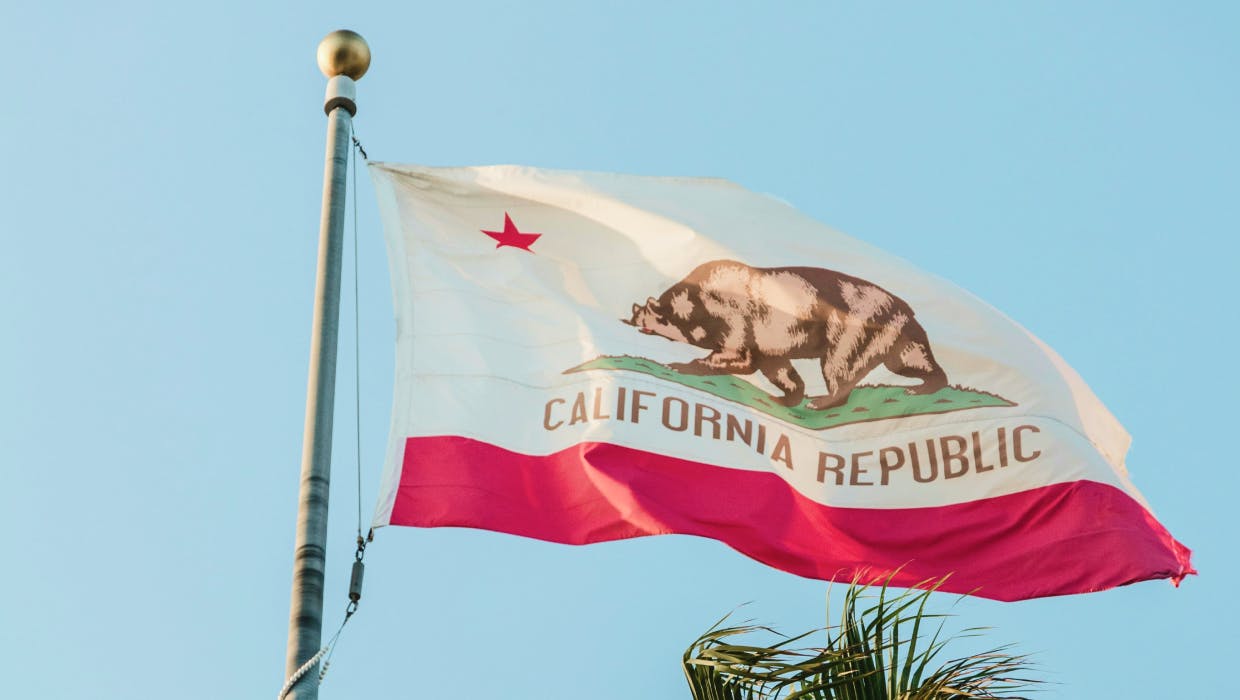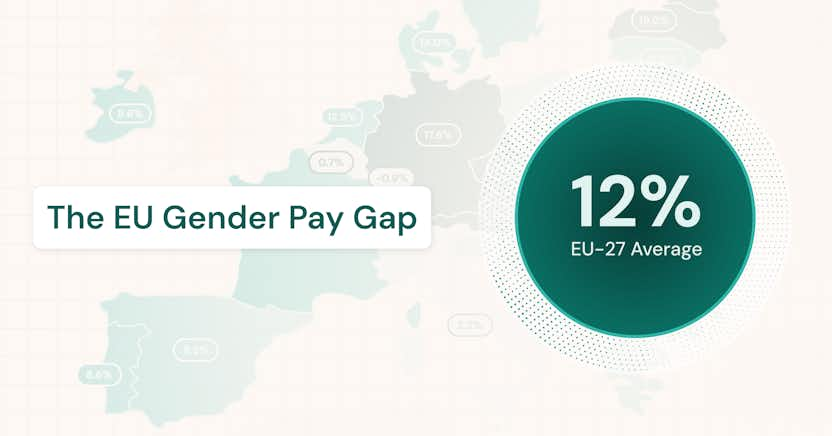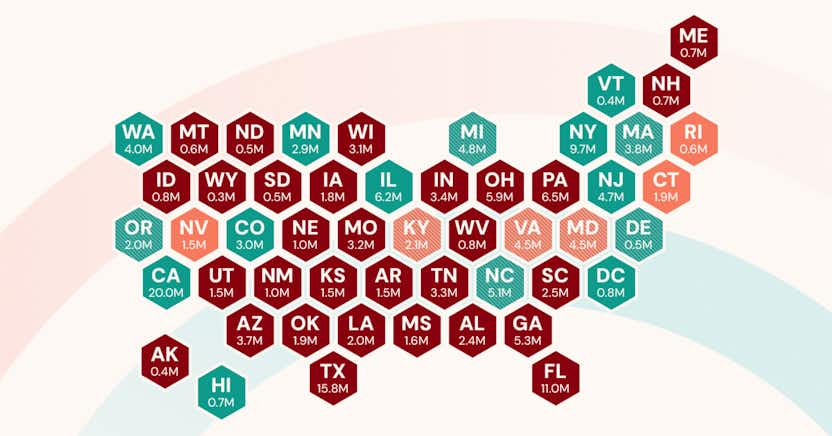
Local requirement
Norway
Norway requires annual and biannual pay equity analyses focused on gender pay equity. The necessary reports include a metrics-based gender equality overview and a more in-depth pay gap analysis. We outline the requirements and how PayEquity by beqom can help on our resource page.
Norway’s pay equity analysis requirements
In Norway, pay equity analysis requirements are motivated by the Equality and Anti-Discrimination Act. This legislation aims to prevent workplace discrimination and promote equality, and it requires employers to take an active role. The pay equity analysis requirements apply to private and public sector organizations with 50 or more employees. Some smaller private sector organizations (20-49 employees) may also need to run an analysis if requested by employee or union representatives. Organizations of this size may also conduct an analysis voluntarily.
Norway’s required analysis focuses on gender equality among employees. Organizations should also consider and analyze any other possible grounds for discrimination, like ethnicity or disability. However, to preserve employees’ privacy, only gender data is required when reporting. (And for the same reason, even gender data reporting may be limited for some small groups of employees.)
Norway requires a two-part annual analysis and a more intensive, biannual (every other year) analysis.
The annual analysis focuses on workplace equality and anti-discrimination efforts. The findings should be published as a statement in the organization’s annual report (or accessible via a link in the annual report). This statement should have two parts:
- A gender equality overview based on specific metrics. (For example, overall gender distribution, gender of part-time employees, and proportion/gender of employees who have taken parental leave.)
- An overview of the organization’s efforts to identify and address any equality and discrimination issues.
The biannual analysis asks companies to take a more complete and thorough look at their pay equity landscape. This analysis also has two parts:
- Gender pay gap analysis and anonymized reporting, including all employees and all compensation types. The analysis should define the criteria for both equal work and work of equal value. Then, looking at both of those concepts, it should do the following:Show the gender distribution in different groups.Analyze compensation differences for men and women.
- Mapping of involuntary part-time work (employee is not allowed to work full-time) based on gender.
PayEquity by beqom support for Norway’s requirements
PayEquity by beqom provides a robust toolkit that helps employers in Norway meet the annual and biannual requirements.
For the annual report, PayEquity by beqom makes it easy to obtain the required metrics and provides features that help users evaluate and improve their workplace equity. The powerful filtering mechanism can drill down into groups of employees and provide a deeper understanding of gender dynamics, while insightful graphs help make the pay equity landscape visible. A user-friendly reporting feature lets users compile cohesive reports.
For the more in-depth, biannual gender pay gap analysis, users can rely on our compensation mapping feature. A Norwegian preset simplifies the setup process. The compensation mapping feature offers the following:
- Required analyses for both equal work and work of equal value.
- Insightful graphs, tables and auto-generated text highlight the results in an easy-to-read format.
- A user-friendly drill-down feature lets users examine each group. Ultimately this helps users understand their organization’s overall compensation structure and the reasons for pay differences.
- Users can add notes about each group of employees. This is a great way to document identified pay differences and explanations.
- The compensation mapping is easily exported to MS Word to provide the basis for the written report.
As previously mentioned, the biannual analysis requires organizations to analyze both equal work and work of equal value. PayEquity by beqom’s job evaluation module simplifies the task of defining “work of equal value.” This module uses a framework of objective factors (competences, responsibilities, effort, working conditions, etc.) to help define the value of each job. Users can make a job evaluation using beqom’s built-in templates, upload their own templates from Excel, or use the wizard to create one from scratch.
Beyond the suite of analyses already included in the compensation mapping feature, PayEquity by beqom also offers powerful regression analyses. These analyses measure the adjusted pay gap and illuminate the organization’s pay structure. In other words, they show how the key variables you choose contribute to higher pay.
The overall goal of Norway’s requirements is to create workplaces that are free from discrimination of any type. PayEquity by beqom is a holistic solution giving users the tools they need to identify inequity and develop a plan to correct it.
- Closing the pay gap: PayEquity by beqom can suggest raises to close or shrink any identified pay gap – while staying within budget.
- Keeping the gap closed: The Compensation Assistant helps make sure the gap does not re-open through hiring and promotion decisions. This makes pay equity sustainable.
- Broader equity issues: Pay equity is only one part of the bigger picture. PayEquity by beqom’s workplace equity feature analyzes the diversity within an organization and how it changes as employees join, leave, and move internally. This helps users spot any unequal access to opportunities so they can create focused action plans.
Please note that while this local resource information has been compiled by PayEquity by beqom's legal and pay equity experts, it does not constitute legal advice.
More on local requirements and reporting
beqom's pay equity tools make complying with local requirements and regulations easier than ever before, allowing organizations to conduct pay equity analyses to identify any pay disparities.

Sweden — Pay equity analysis and reporting (lönekartläggning)
Every year, Sweden requires all employers to conduct a pay equity analysis (lönekartläggning) with a few key requirements. Find out more on our page.

State of California — Pay transparency and pay data reporting
In the US state of California, pay equity legislation is relatively progressive. It includes both a data reporting requirement and a pay transparency law. This article goes through the requirements for all aspects of the law and how PayEquity by beqom can help support employers.

Ireland — Gender pay gap reporting
This page provides information for organizations looking to understand and respond to Ireland’s Gender Pay Gap Information Act 2021.

France — Gender equality index
For companies operating in France, this article provides information on pay equity reporting and associated legal requirements.

Israel — Gender pay gap reporting
This resource article provides information about Israel’s gender pay gap reporting requirements and an overview of how to create and complete the reports.

Spain — Pay equity analysis and reporting
Pay equity laws in Spain ask all companies to keep a remuneration register, with additional analysis and reporting for slightly larger employers.

Local requirements - Pay equity analyses and reporting
Get an overview of some of the local pay equity requirements that many of our customers need to fulfill, and achieve effortless compliance today.

USA - Pay data reporting (EEO-1)
Although no gender pay gap reporting per se is required, some demographic data reporting is required in the US.

UK — Gender pay gap reporting
The United Kingdom (UK) requires gender pay gap reports from organizations of a certain size. This page outlines the UK requirements and how to get started.

Norway — Pay equity analysis and reporting
In Norway, employers with 50+ (sometimes 20+) workers must prepare annual and biannual pay equity reports. This page outlines the requirements.

Canada — Pay equity analysis and reporting
Companies operating in Canada should be prepared to comply with federal pay equity analysis and reporting laws. Some provincial regulations also exist. We give readers an overview of Canada’s detail-oriented requirements.
Recent blogs on Pay Equity

The EU Gender Pay Gap
The average EU gender pay gap sits at a persistent 12%. Download our new infographic for an overview of the gender pay gap across member states and the national transposition status of the EU Pay Transparency Directive.
Read more

Humanizing Compensation: Why Pay Is More Than Just a Paycheck
Compensation is about more than just a paycheck. Discover why it's essential to humanize compensation to build trust and create a more engaged workforce.
Read more

A Condensed Version of The U.S. Pay Transparency Index 2025
The U.S. Pay Transparency Index analyzes more than 13,000 job listings in the U.S. to uncover the truth behind pay transparency laws, and reveals how many companies are following the law.
Read more
